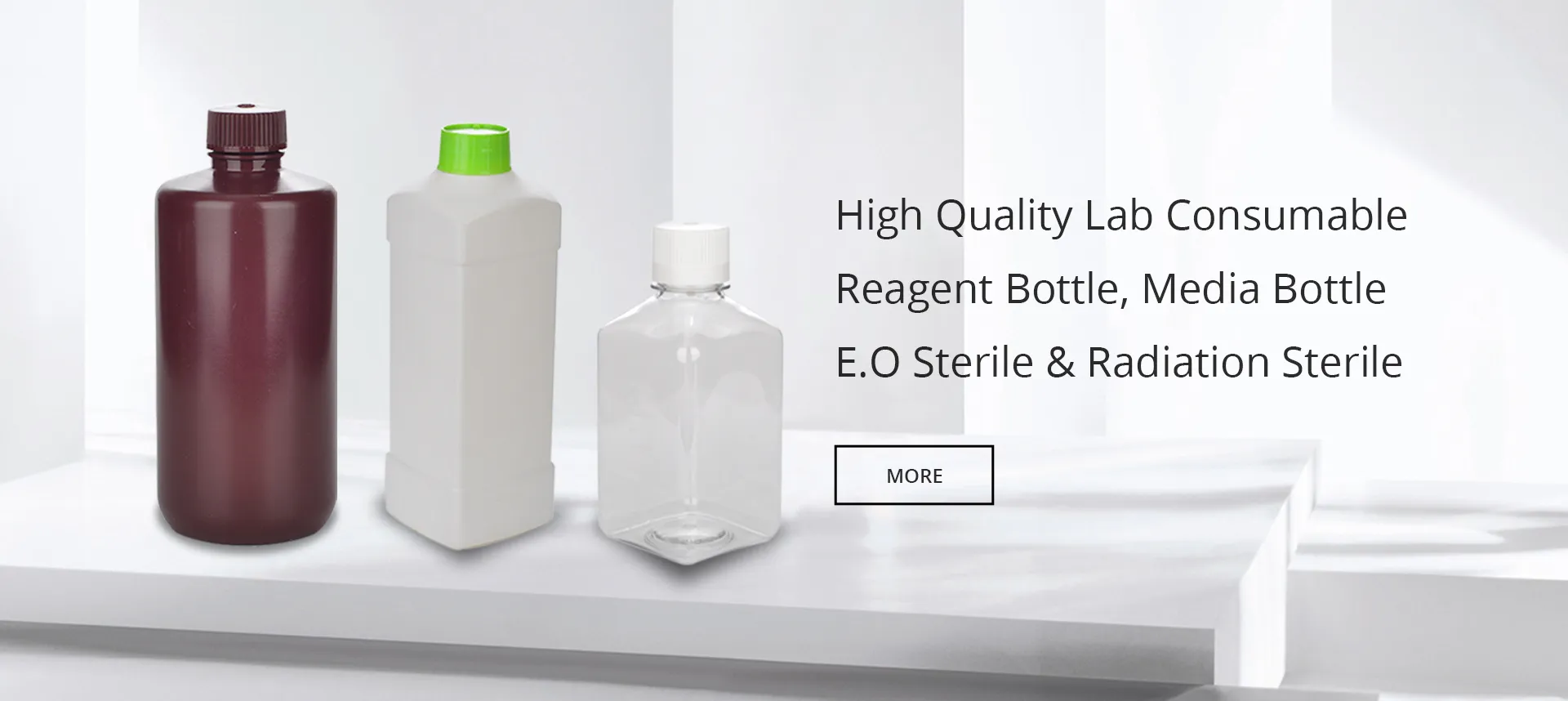Understanding the Role of Serum Separator Tubes in Clinical Laboratory Testing
The Importance of Serum Separator Tubes in Diagnostic Testing
In modern healthcare, accurate and reliable laboratory testing is fundamental for disease diagnosis, monitoring, and treatment. One of the key components in the pre-analytical phase of laboratory testing is the use of serum separator tubes (SSTs). These specialized tubes play a crucial role in the collection, separation, and transportation of blood samples, significantly impacting the quality of test results.
Serum separator tubes are designed with a gel separator and clot activators that facilitate the separation of serum from blood cells after centrifugation. Typically made of glass or plastic, these tubes come in various sizes and are color-coded based on the additives they contain. The most common color for SSTs is gold or yellow, indicating their specific purpose for serum collection.
How Do Serum Separator Tubes Work?
The process begins with blood collection. After venipuncture, the blood is drawn into the SST. The tube contains a gel that remains at the bottom once the blood clots and is centrifuged. This gel creates a barrier between the serum and the cellular components of the blood, making the subsequent separation easier and quicker. After allowing the blood to clot, the tube is placed in a centrifuge where the acceleration causes the denser blood cells to settle at the bottom, while the lighter serum rises to the top, resting on the gel.
Following centrifugation, the serum can be easily withdrawn from the tube without disturbing the cellular components. This separation is essential to ensure that the serum is uncontaminated by cells, which could interfere with many assays and lead to inaccurate results. By providing a clean sample, SSTs enhance the reliability of various tests, including those for hormones, enzymes, and other substances relevant to diagnosing conditions ranging from infections to metabolic disorders.
Benefits of Using Serum Separator Tubes
serum separator tubes

One of the most significant advantages of using SSTs is the reduction of pre-analytical errors. In traditional methods, serum collection often required additional steps that increased the risk of contamination and sample deterioration. SSTs streamline the process, ensuring that specimens are handled appropriately from the moment of collection. This automation not only saves time but also standardizes testing procedures across laboratories, promoting consistency in testing practices.
Moreover, the incorporation of the gel separator aids in the stability of certain analytes, thus preserving sample integrity during transportation to the laboratory. Some tests are sensitive to temperature and time, and the gel helps maintain optimal conditions until the sample is analyzed. This is especially crucial in urgent situations where timely diagnosis can significantly affect patient outcomes.
Challenges and Considerations
While serum separator tubes offer many benefits, certain challenges must be acknowledged. The quality of the serum collected can be influenced by factors such as the duration of clotting before centrifugation, the speed and duration of centrifugation itself, and the potential for hemolysis, which can occur if the sample is handled improperly. Laboratories must adhere to strict protocols to ensure the accuracy of results.
Furthermore, it is essential for healthcare professionals to be aware of the proper techniques for blood collection and tube handling, as well as the necessary storage conditions for different types of serum samples. Continuous education and training in these areas can help mitigate risks associated with the use of SSTs.
Conclusion
In summary, serum separator tubes are an invaluable tool in the field of laboratory diagnostics. By facilitating efficient serum separation and reducing the likelihood of pre-analytical errors, SSTs enhance the accuracy and reliability of test results. As healthcare continues to advance and the demand for precise diagnostic tools grows, the role of SSTs in ensuring high-quality laboratory practices will undoubtedly remain integral. In the ever-evolving landscape of medical testing, those who utilize serum separator tubes effectively will contribute significantly to improved patient care and outcomes.
-
Aesthetic Makeup Spray Bottles | Fine Mist Empty RefillableNewsAug.19,2025
-
White Plastic Veterinary Vaccine Vials | Lab Liquid BottlesNewsAug.18,2025
-
Plastic Medicine Liquid Bottle: Secure Flip Top Drug VialsNewsAug.17,2025
-
Durable 250ml Blue Plastic Vaccine Vial for Lab & Vet UseNewsAug.16,2025
-
Sterile Virus Sample Tubes: Secure & Reliable Specimen CollectionNewsAug.15,2025
-
White 250ml Plastic Vaccine Vial for Lab & Vet MedicineNewsAug.14,2025
























